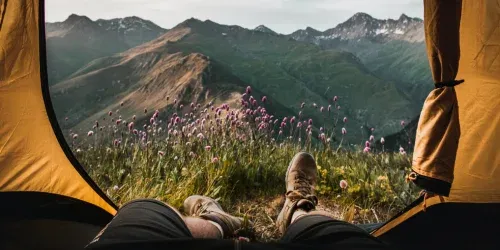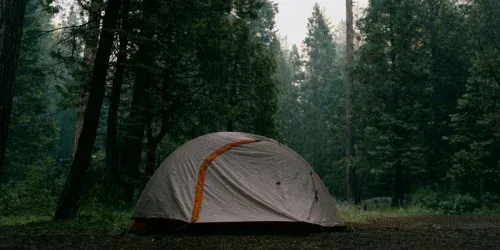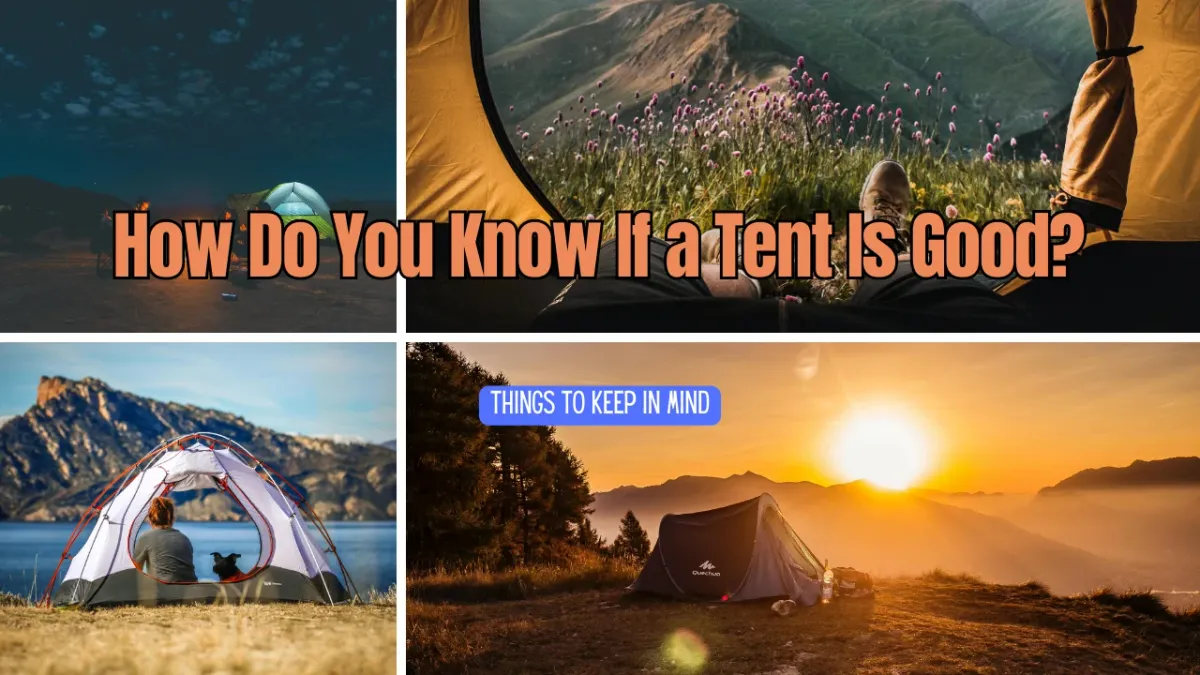Embarking on a camping trip can be an exhilarating experience, but the success of your outdoor adventure often hinges on one crucial decision: selecting the right tent size. Whether you're a solo backpacker or planning a family camping extravaganza, understanding how to choose a tent size that fits your needs is essential. This comprehensive guide will walk you through the process, ensuring you make an informed decision for your next camping trip.
Key Takeaways:
- Learn how to determine the appropriate tent size based on the number of occupants and camping style.
- Discover the importance of considering tent body design and additional space for gear storage.
- Gain insights into the different types of tents available and how they cater to various camping needs.

Understanding Tent Capacity Ratings
When you're in the market for a new tent, you'll often come across terms like "three person tent" or "eight person tent." These tent capacity ratings are a starting point, but they don't always paint the full picture. Manufacturers typically calculate these ratings based on the absolute minimum size required to fit sleeping bags side by side, with little to no extra space. For a more comfortable experience, especially if you're camping with family or friends, consider upsizing.

The Role of Camping Style in Tent Size
Your camping style plays a significant role in determining the right tent size. Backpacking tents prioritize weight and compactness, often resulting in a tighter fit. On the other hand, car camping allows for larger tents with more interior space since you don't have to carry them long distances. Think about whether you'll be hiking to your campsite or pulling up in a vehicle, as this will influence the tent size you should aim for.
Tent Body Design and Interior Space
Dome style tents and cabin style tents offer different advantages in terms of interior space. Dome tents are known for their stability and resistance to high winds, but they may have less headroom. Cabin style tents, with their near-vertical walls, provide more room to move around and can often accommodate standing adults. Consider the tent body design when choosing a tent size, as it will affect your ability to sleep comfortably and store gear.
Extra Space for Gear and Personal Comfort
When selecting a tent size, it's not just about the number of people sleeping inside. You'll also need to account for the space required to store gear, air mattresses, and any personal space preferences. A good rule of thumb is to allocate approximately 20 to 30 square feet per person for a comfortable camping experience. This ensures there's enough space to sleep comfortably and keep your belongings organized.

Family Camping Tent Considerations
Family camping tents are designed to accommodate groups and often come with features like room dividers for privacy. When choosing a family tent, consider the number of adults and children, as well as the need for extra space for activities or a small child's play area. A family tent with a generous floor space will make your camping trip more enjoyable for everyone.
The Importance of Sleeping Bag and Pad Sizes
Sleeping bags and pads come in various sizes, and their dimensions can impact the tent size you need. A wide pad or a queen-sized air mattress will take up more floor space than a standard sleeping bag. Make sure to measure your sleeping gear and factor in the additional width when determining the tent size that will accommodate your setup.
Seasonality and Tent Size
The time of year you plan to camp can also influence your tent size choice. Summer camping might require a tent with more ventilation and less insulation, while winter camping demands a tent that can withstand snow and cold temperatures. Season-specific tents may offer different amounts of interior space, so choose a tent size that aligns with the conditions you'll face.

Tent Materials and Durability
Tent manufacturers use a variety of materials, from lightweight nylon for backpacking tents to sturdy canvas for family tents. The material not only affects the tent's weight and portability but also its durability in different weather conditions. When considering tent sizes, remember that larger tents made of heavy-duty materials might be more challenging to transport but offer better protection against the elements.
Tent Setup and Portability
The ease of setting up a tent and its portability are crucial factors to consider. Larger tents with fiberglass poles or multiple room dividers might offer more space but can be more complex to assemble. If you're an experienced camper, a big tent with a few extra steps in the setup process might not be a big deal. However, for beginners, a simpler tent that's easy to pitch might be the better choice.
Tent Accessories and Add-Ons
Tent accessories like ground cloths, tent stakes, and guy lines can affect the overall footprint of your tent. When choosing a tent size, consider the additional space required for these accessories, especially if you're camping in an area with high winds or uneven terrain. Accessories can provide extra stability and protection for your tent, so factor them into your size decision.
Balancing Budget and Tent Size
While it might be tempting to opt for a cheap tent, remember that price often correlates with quality and features. Investing in a tent that's slightly larger than what you think you need can pay off in the long run, providing more comfort and versatility. Balance your budget with the practical considerations of tent size to ensure you get the best value for your camping adventure.

Summary
Choosing the right tent size is a critical decision that can make or break your camping experience. Consider the number of occupants, your camping style, the tent's design, and the need for extra space for gear and personal comfort. Remember to take into account the sleeping gear dimensions, seasonality, materials, setup complexity, and budget. By following these guidelines, you'll feel confident in selecting a tent that provides enough space, comfort, and protection for your next adventure in the great outdoors.

FAQs
How much space should I allocate per person in a tent?
Aim for approximately 20 to 30 square feet per person to ensure there's enough room to sleep comfortably and store personal items.
Is it better to choose a tent with more space than I think I need?
Yes, opting for a tent with a bit more room can enhance comfort and versatility, especially if you're camping with family or storing a lot of gear.
How do I choose a tent size for different seasons?
Consider the weather conditions you'll encounter. Summer tents should offer good ventilation, while winter tents need to be sturdy and well-insulated. Make sure the tent size you choose can accommodate any additional gear required for the specific season.
I've picked a size, but what makes a good tent?











